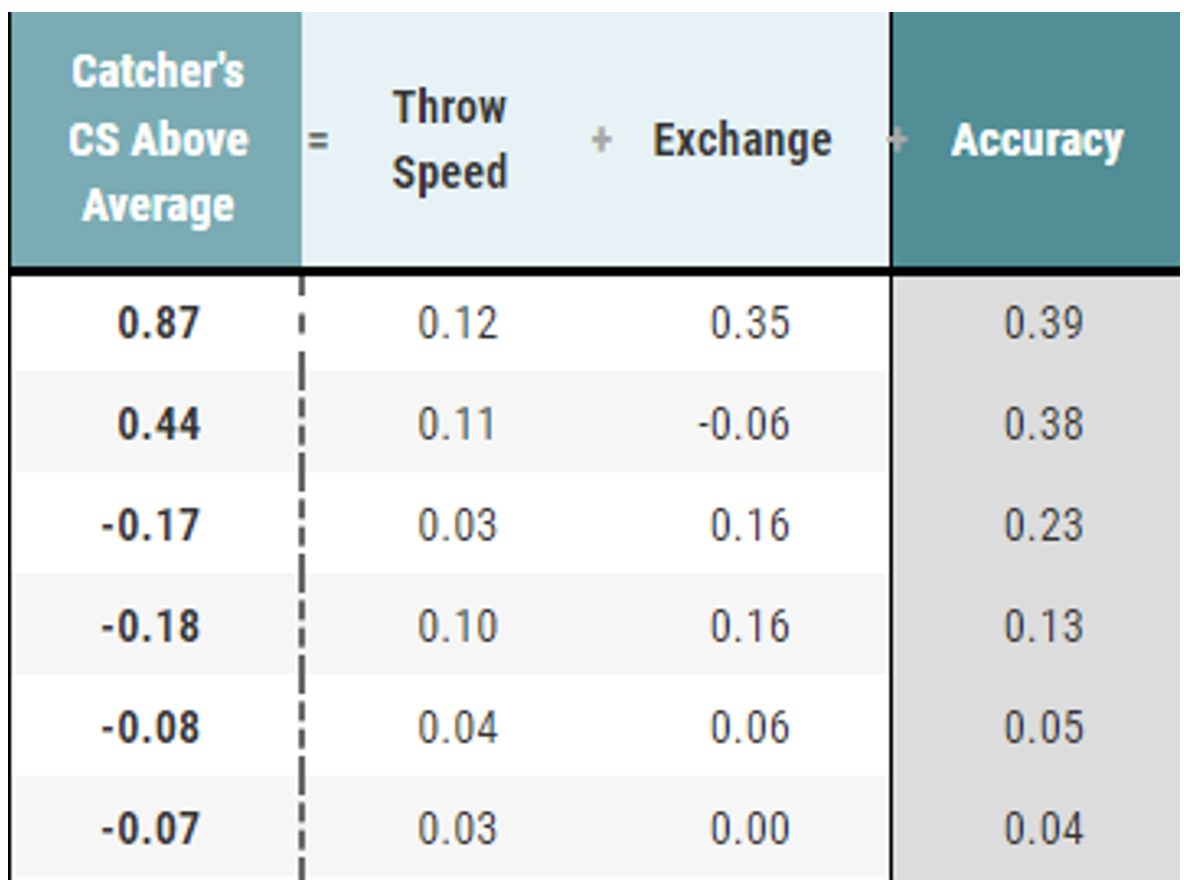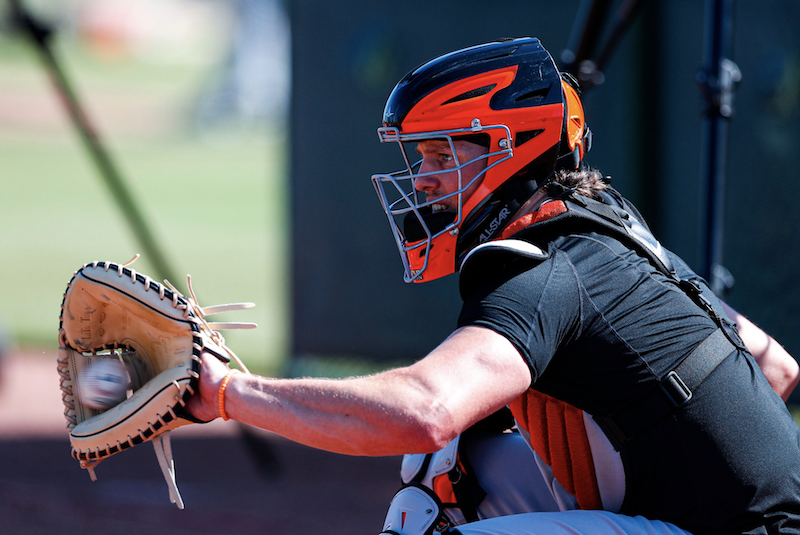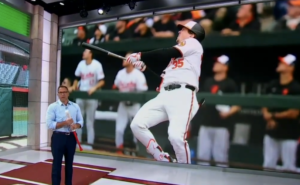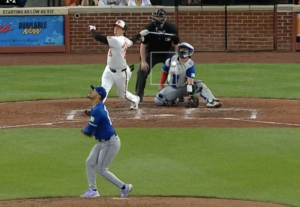Adley Rutschman, the highly touted franchise catcher for our Baltimore Orioles, has found himself facing an unforeseen challenge: throwing out base runners. Despite his stellar defensive skills and overall MVP potential, Rutschman has struggled to deter opposing players from swiping bases and has thrown out only 21% of attempted basestealers this season. I wanted to take a closer look at the factors contributing to his difficulties in this area of the game.
When it comes to preventing stolen bases, there’s a handful of elements that are truly under the catcher’s control. These include pop time, exchange time, arm strength, and accuracy. Pop time refers to the time it takes for the ball to leave the catcher’s glove and reach the intended target. Rutschman’s pop time of 1.90 seconds ranks him 5th in the league, indicating a solid skill set in this area. Exchange time, which encompasses the time it takes for the catcher to receive the ball, transfer it from the glove to the throwing hand, and release it, is another crucial component. Rutschman’s exchange time of 0.66 seconds places him tied for 12th in the league, suggesting relative efficiency in this aspect as well.

Arm strength and accuracy are where things start to get interesting. Throws at this level must be precise and on-time. And while Rutschman’s average velocity of 82.6 mph ranks him 7th in the league, his accuracy seems to his biggest problem. Of his 24 throws down to second this season, Rutschman has only thrown six with any +level accuracy. He’s recorded 12 one-hop throws, resulting in two caught stealing at a success rate of 17%. He’s recorded 12 “on fly” throws leading to four caught stealing and a success rate of 33.3%. While the airborne throws have yielded better results, the overall numbers highlight a real need for improvement in accuracy.
As of today, Rutschman has registered zero caught stealing compared to the expectation of an average catcher, which bakes in all factors both under and out of the catcher’s control. Fans have been quick to attribute his struggles to the slower delivery mechanics of the pitching staff. And while delivery speed can obviously impact a catcher’s ability to gun down runners, a pitchers timing plays heavily off another variable that can skew the equation. The “jump.”
The relationship between pitch delivery and runner jump is a critical aspect of stolen base attempts. While the speed at which pitchers deliver the ball to home plate does impact a catcher’s ability to throw out runners, it is the jump that runners get off the base that ultimately determines their success. A well-timed jump can neutralize even the quickest pitches, while a poor jump can render a slow delivery completely irrelevant. The dynamic interplay between these two factors makes it challenging to isolate their individual contributions to stolen base attempts, especially in terms of catcher ability.
Luckily, we have another way we can look at the scenario. If we evaluate the average distance a runner is from second base when the ball crosses home plate, we can effectively combine and average the factors of delivery and jump while placing the focus squarely back on the catcher’s ensuing performance.
Analyzing that data, we find that the average distance of runners from second base during stolen base attempts against Rutschman this season has been 55.4 feet, which ranks 27th in Major League Baseball. Additionally, the average speed of these runners is 28.5 ft/s, which comes in around 23rd in the league. These numbers suggest that Adley isn’t facing any distinctive disadvantages from uncontrollable factors when runners attempt to steal against him.
What must be considered though, is that MLB has implemented several rules changes this season that aim to increase the frequency of stolen bases and promote a more dynamic style of play. The introduction of larger bases, pitch clocks, and disengagement limits have created an environment that encourages more aggressive base stealing and challenges defenses to adapt their strategies accordingly. The plan seems to be working, as stolen base numbers are up across the league. Rutschman saw a total of 23 attempts last season and is already up to 29 in 2023. This, I would say is even a larger contributing factor this year than pitch delivery.
Summed up, Rutschman’s struggles in throwing out base runners stem from a combination of factors. He shows great pop time, exchange time, and has arm strength that always threatens. But his inaccuracy mixed with the new base runner advantages have shaved off milliseconds that have hindered his success rate. Improving on accuracy, continuing to develop in tandem with the pitching staff and fielders, and focusing on the nuances of timing and sequence strategies will be key areas for Rutschman to address. It’s tough to watch Adley and remember that he’s only a sophomore in the league. His professional approach plays like as seasoned vet. But as he continues to develop and gain experience, there is no doubt that his exceptional skills and work ethic will lead to improvements in all aspects of his game.









